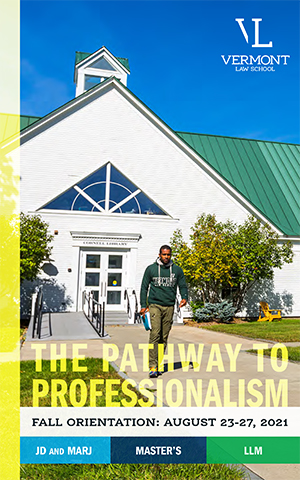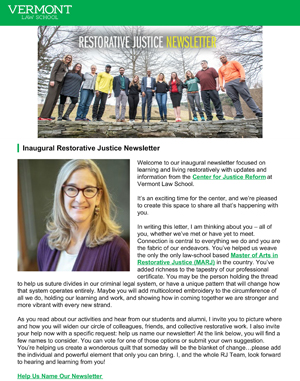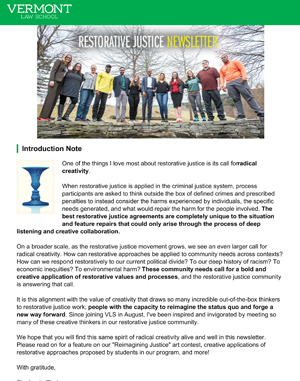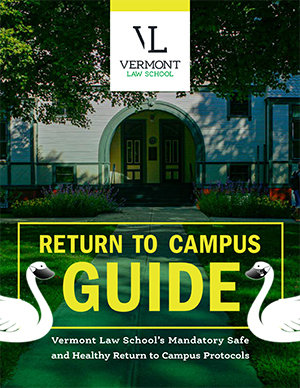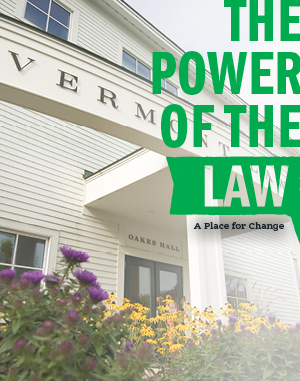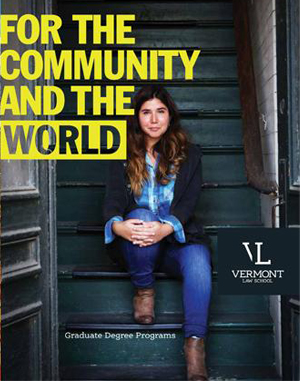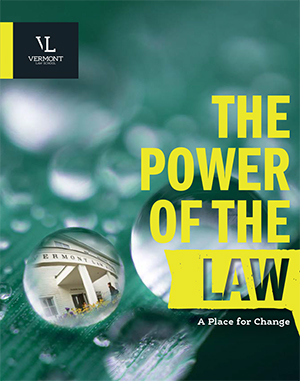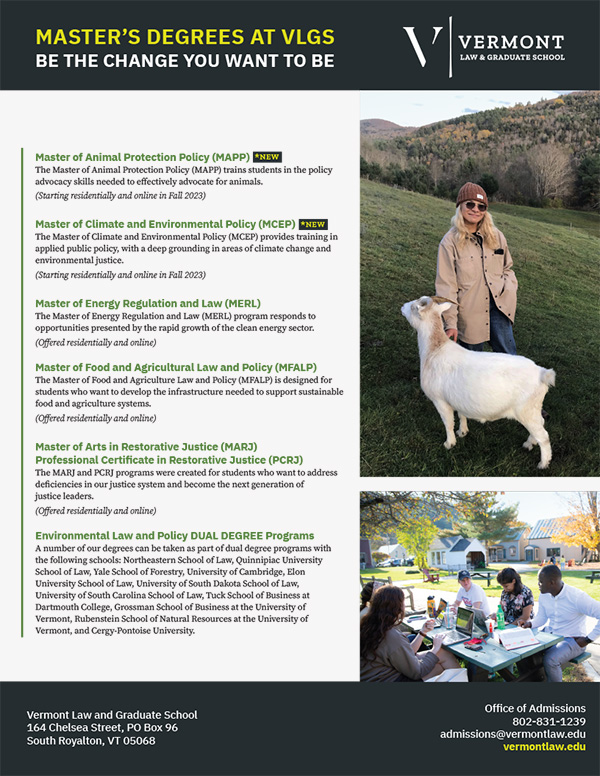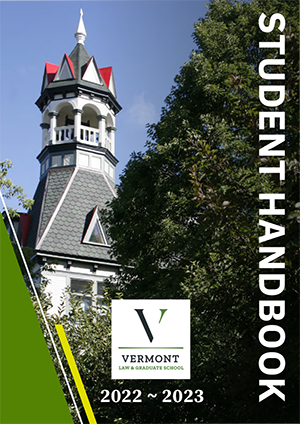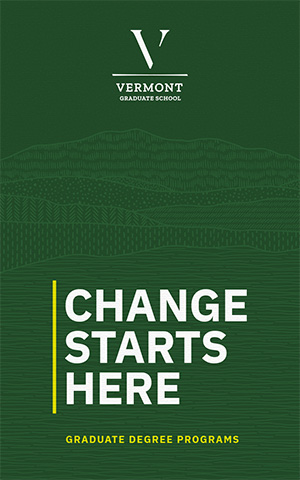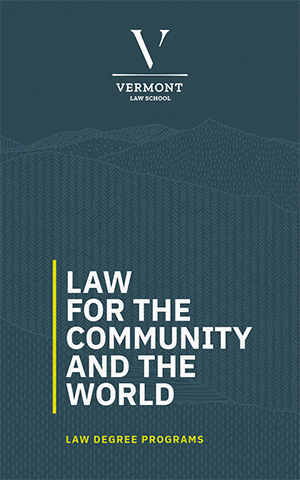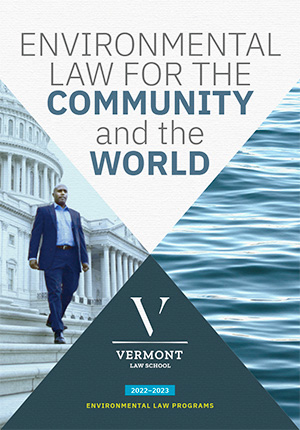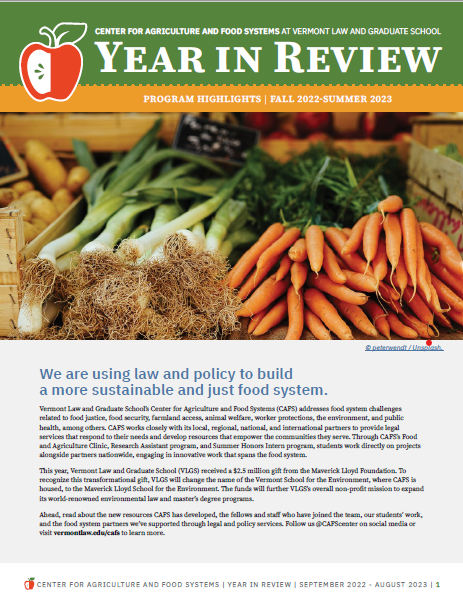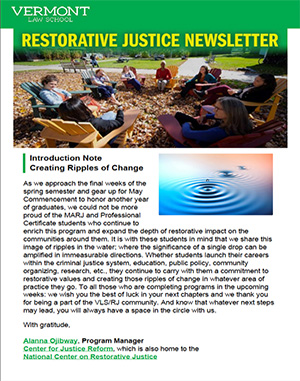Professor Hillary Hoffmann's areas of expertise include federal Indian law, natural resources law, and public lands law. Her recent scholarship analyzes the systems governing natural resource uses on federal and tribal lands and explores the conflicts that arise from Constitutional and other systemic challenges facing indigenous nations in the United States. She has also lectured and published extensively on the topics of energy development, mining, livestock grazing, and other extractive uses of public lands and tribal lands. This interview is about her recent publication with Monte Mills of University of Montana School of Law, A Third Way: Decolonizing the Laws of Indigenous Cultural Protection.
Can you explain what your inspiration was for writing A Third Way: Decolonizing the Laws of Indigenous Cultural Protection?
My inspiration was the groundswell of tribal efforts to protect tribal cultures over the past five years. From the Bears Ears National Monument to Mauna Kea, to Standing Rock, and elsewhere throughout Indian Country, there have been remarkable advances in the endless battle to protect tribal cultures. More specifically, both Monte and I realized that there was no current book in print that captured holistically the various laws that support, suppress, and otherwise impact tribal cultures. These include well-known laws like the Native American Graves Protection and Repatriation Act, which requires federally funded museums to return the ancestral remains of tribal members to tribes, the National Historic Preservation Act, which requires federal officials to consult with tribes about impacts of development on sacred sites and other cultural resources, and lesser-known laws like the Antiquities Act, which was originally passed to prevent looting of ancestral sites on federal lands but has been used in recent years to protect important cultural landscapes.
Can you explain your involvement in the movement to shut down the Dakota Access Pipeline?
My work on the Dakota Access Pipeline (DAPL) controversy over the past five years informed Chapter 4 in particular, which discusses the role of environmental laws in the protection of tribal culture. Sometimes, these laws can be effective in protecting tribal culture, as in the case of the National Environmental Policy Act, which has been helping the Standing Rock Sioux Tribe and the Cheyenne River Sioux Tribe in their lawsuit against the Army Corps of Engineers over the agency's approval of the easement allowing construction of the Dakota Access Pipeline to be completed. As Monte and I have both discovered in our work on the DAPL, though, the statutes that are supposed to protect tribal cultures and would seemingly be the most logical choices for these tribes to use to prevent the DAPL construction, were ineffective. The environmental law, NEPA, ended up being the most effective weapon in the tribes' litigation battle, but even that law didn't stop construction from being completed and oil from flowing.
What is the one concept you want someone to take from this book?
If there was one concept that we hope readers will take from this book, it is that tribes have done a remarkable job using imperfect laws to protect their cultures, especially in recent years, but the laws need improvements, which we explain in more detail in the book.
After someone has read, A Third Way: Decolonizing the Laws of Indigenous Cultural Protection, what further books and research do you recommend on the topic?
There have been a number of books and other supplemental materials published recently on topics we cover in the book. Some of them include:
- Standoff by Jacqueline Keeler
- Voices from Bears Ears by Rebecca Robinson
What is the next project that you are working on?
Monte and I are working on parallel ongoing research projects on tribal natural resource co-management agreements, and Monte has recently published a report on the same topic with Professor Martin Nie, from the University of Montana School of Forestry. I am also working on a law review article on tribal wildlife grants, which will be published in late 2021 or early 2022.



